

Articles
How To Store Squash
Modified: January 8, 2024
Learn the best techniques for storing squash in this informative articles. Find out how to keep your squash fresher for longer and use it in delicious recipes.
(Many of the links in this article redirect to a specific reviewed product. Your purchase of these products through affiliate links helps to generate commission for Storables.com, at no extra cost. Learn more)
Introduction
Welcome to our comprehensive guide on how to store squash! Squash is a versatile vegetable that comes in various shapes, sizes, and flavors. Whether you’re growing it in your backyard garden or just picked up a few at the local farmer’s market, knowing how to store squash properly is crucial to keeping it fresh and delicious for an extended period.
When the harvest season is in full swing, and you find yourself with an abundance of squash, it’s essential to have a plan for storing them adequately. Squash can last for several months when stored correctly, allowing you to enjoy the flavors of summer all year round.
In this article, we’ll cover everything you need to know about storing squash, including selecting and preparing squash for storage, determining the ideal storage conditions, storing squash in a cool, dry place, wrapping and packaging squash, checking and maintaining squash during storage, and using stored squash in recipes. By following these tips and techniques, you’ll be able to keep your squash fresh and delicious until you’re ready to use them.
Ready to dive into the world of squash storage? Let’s get started!
Key Takeaways:
- Store squash in a cool, dry place at 50-55°F, with good air circulation. Properly wrapping and packaging squash can further enhance their longevity, ensuring fresh and delicious flavors for months to come.
- Regularly check and maintain stored squash, removing any spoiled ones promptly. Utilize stored squash in various recipes, from roasted dishes to soups, pasta, stuffed squash, and even desserts, to savor the taste of summer all year round.
Read more: How To Store Squash In The Fridge
Selecting and preparing squash for storage
When it comes to storing squash, selecting the right ones is crucial. Look for squash that is firm, with no soft spots or blemishes. The skin should be smooth and free from cuts or bruises. Different types of squash have different ideal maturity levels for storage. For winter squash varieties like butternut, acorn, or spaghetti squash, choose fruits that are fully matured and have a hard skin.
Before storing the squash, it’s essential to clean them properly. Start by wiping off any dirt or debris with a damp cloth. Avoid washing them with water as excess moisture can lead to spoilage or mold formation during storage. Once cleaned, trim off any long stems or leaves, leaving about an inch from the top to prevent any moisture loss or decay.
To further enhance the lifespan of your squash, it’s a good idea to cure them before storage. Curing involves leaving the squash in a warm and dry area for a week or two. This process helps harden the skin and increase the shelf life of the squash. Place them in a single layer on a dry surface, such as a table or countertop, and let them sit undisturbed. Ensure proper airflow around the squash by keeping them separate from each other.
After curing, it’s time to inspect the squash once again. Discard any fruits that show signs of rot or damage. It’s crucial to remove any damaged or decaying squash from the storage area to prevent it from affecting the others.
Determining the ideal storage conditions
Creating the right storage environment for squash is essential to prolong its shelf life and maintain its quality. Squash prefers cool, dry, and well-ventilated conditions. The ideal temperature range for storing squash is between 50 to 55 degrees Fahrenheit (10 to 13 degrees Celsius).
Avoid storing squash in areas with high humidity or direct sunlight. Excessive moisture can cause rotting and mold growth, while sunlight can lead to premature aging and deterioration of the squash. Instead, choose a cool and dark location, such as a basement or a pantry, to store your squash.
Apart from temperature and light, it’s important to consider air circulation. Good ventilation helps prevent moisture buildup and keeps the squash fresh. Avoid storing squash in plastic bags or containers that trap moisture. Instead, opt for open baskets or crates that allow air to circulate freely around the squash.
If storing different types of squash together, separate them to prevent cross-contamination. Some varieties produce more ethylene gas than others, which can speed up ripening and decay. By keeping different types of squash apart, you can prevent accelerated spoilage and extend their shelf life.
Remember to periodically inspect the stored squash for any signs of decay or damage. Remove any spoiling or rotting squash immediately to prevent it from affecting the others. With the right storage conditions and regular maintenance, your squash will stay fresh and delicious for the longest possible time.
Storing squash in a cool, dry place
Now that you’ve selected your squash and determined the ideal storage conditions, it’s time to properly store them in a cool, dry place. Follow these steps to ensure your squash stays fresh:
- Find a location: Identify a cool and dry area in your home, such as a basement, cellar, or pantry. This spot should be away from direct sunlight and have good ventilation.
- Prepare the storage area: Clean the storage area by removing any debris or moisture. Ensure that it is well-ventilated to prevent the build-up of excess humidity.
- Arrange the squash: Place the squash in a single layer, preferably on a shelf or rack. Avoid overcrowding them, as this can lead to bruising and increased moisture accumulation.
- Leave space between squash: Provide enough space between each squash to allow for air circulation. This helps prevent the development of mold or rot.
- Rotate squash periodically: Every few weeks, rotate the squash to ensure even exposure to airflow. This helps maintain their freshness and prolongs their shelf life.
It’s important to note that not all squash varieties have the same storage life. Some, like butternut squash, can last up to 3-4 months when stored properly. Others, such as delicata or acorn squash, have a shorter storage life of 1-2 months. It’s a good practice to label the squash with the date of storage to keep track of their freshness.
By storing your squash in a cool and dry place, you’re creating an environment that slows down the natural ripening process and extends their shelf life. This ensures that you can enjoy the flavors and nutritional benefits of squash well beyond their growing season.
Store squash in a cool, dry place with good air circulation, such as a pantry or basement. Avoid storing in the refrigerator, as it can cause the squash to spoil quickly. Check for any signs of decay or damage regularly and use those first.
Wrapping and packaging squash for storage
In addition to storing squash in a cool and dry place, proper wrapping and packaging can further enhance their longevity. Here are some tips on how to wrap and package your squash:
- Individual wrapping: Wrap each squash individually in a layer of newspaper or paper towels. This helps absorb excess moisture and provides a protective barrier against potential bruising or damage.
- Avoid plastic: While it may be tempting to use plastic bags or wrap, it’s best to avoid them. Plastic can trap moisture and promote the growth of mold or decay.
- Wax coating: For longer storage periods, consider applying a thin coat of food-grade paraffin wax to the squash. This helps seal in moisture and prevents dehydration.
- Use breathable containers: If you prefer using containers or crates, make sure they are breathable. Look for containers with slatted sides or holes to allow for proper air circulation.
- Labeling and organizing: Label each squash with the variety and date of storage. This helps you keep track of their freshness and ensures you can consume them in a timely manner.
When wrapping and packaging squash, the goal is to protect them from excessive moisture while still allowing for proper airflow. This will help maintain their texture, flavor, and nutritional value for an extended period.
Remember to regularly check on the stored squash and remove any that show signs of spoilage or decay. One rotten squash can quickly affect the others if left unchecked. By taking the time to wrap and package your squash properly, you’re ensuring their quality and extending their shelf life.
Read more: How To Store Kabocha Squash
Checking and maintaining squash during storage
Properly storing squash is only one part of the equation. Regularly checking and maintaining the squash during storage is equally important to ensure their longevity. Here are some key steps to follow:
- Regular inspections: Check on the stored squash every week or two. Look for any signs of decay, mold, or soft spots. Remove any squash that shows these signs to prevent it from spoiling the others.
- Gently rotate squash: As you inspect the squash, gently rotate them to ensure even exposure to air. This helps prevent any parts from becoming compressed or bruised and promotes even ripening.
- Handle with care: When handling the squash, be gentle to avoid any damage or bruising. Even minor injuries can contribute to faster spoilage.
- Monitor temperature and humidity: Maintain a cool and dry environment for the squash. Check the storage area periodically to ensure that the temperature remains within the recommended range of 50 to 55 degrees Fahrenheit (10 to 13 degrees Celsius) and that humidity levels are not too high.
- Remove spoiled squash promptly: If you notice a squash starting to spoil, remove it immediately to prevent the spread of rot to other squash. This regular maintenance will help prolong the shelf life of the remaining squash.
By regularly checking and maintaining the squash, you can address any issues at an early stage and prevent them from affecting the entire batch. This practice ensures that you’re only consuming squash that is fresh, delicious, and safe to eat.
Remember, each squash variety has a different storage life, so consume them based on their freshness to enjoy their peak flavors. With proper monitoring and maintenance, your stored squash can last for several months, allowing you to savor the taste of summer long after the harvest season is over.
Using stored squash in recipes
Now that you’ve successfully stored your squash and maintained their freshness, it’s time to put them to good use in delicious recipes. Squash is a versatile vegetable that can be incorporated into a wide variety of dishes. Here are some ideas to get you started:
- Roasted squash: Cut your stored squash into cubes or slices, toss them with olive oil, salt, and your favorite herbs or spices, then roast them in the oven until tender and caramelized. Roasted squash makes for a tasty side dish or can be used as a base for a salad or grain bowl.
- Squash soups and stews: Puree your squash and use it as a base for comforting soups and stews. Add in other vegetables, seasonings, and proteins of your choice to create a hearty and flavorful meal.
- Squash pasta: Spiralize or thinly slice your squash and use it as a noodle substitute in pasta dishes. Sauté it with garlic, olive oil, and your favorite sauce for a healthy and low-carb alternative.
- Stuffed squash: Hollow out your squash and stuff it with a savory filling like rice, quinoa, vegetables, and cheese. Bake until the filling is cooked through and the squash is tender for a satisfying and nutritious meal.
- Squash desserts: Yes, squash can even be used in sweet treats! Try incorporating mashed or pureed squash into cakes, muffins, or pies for a moist and flavorful twist.
Experiment with different recipes and flavor combinations to make the most out of your stored squash. Don’t be afraid to get creative and try new dishes. Squash is a versatile ingredient that can lend its sweetness and earthy flavors to both savory and sweet preparations.
Remember to adjust the cooking times and methods based on the type and texture of the stored squash. Some varieties may require longer cooking times to ensure they are tender and fully cooked.
By utilizing your stored squash in various recipes, you can enjoy the flavors of summer even during the colder months. Get ready to impress your friends and family with your culinary skills and the deliciousness of your squash-infused creations!
Conclusion
Congratulations! You’ve learned everything you need to know about storing squash and keeping them fresh for an extended period. By following the tips and techniques outlined in this comprehensive guide, you can enjoy the flavors and nutritional benefits of squash long after the harvest season is over.
Remember to start by selecting and preparing squash for storage, ensuring that they are firm, blemish-free, and properly cured. Determine the ideal storage conditions, such as a cool, dry, and well-ventilated area, to keep your squash in the best possible condition.
When storing squash in a cool, dry place, be mindful of arranging them properly, leaving space for air circulation, and periodically rotating them. Wrapping and packaging the squash individually with materials like newspaper or paper towels can further help maintain their freshness.
Regularly check and maintain the squash during storage by inspecting for any signs of decay or damage. Remove any spoiled squash promptly to prevent it from affecting the others. Pay attention to the temperature, humidity, and ventilation of the storage area to create an optimal environment.
Finally, make the most of your stored squash by incorporating them into a range of recipes. From roasted dishes to soups, pasta, stuffed squash, and even desserts, squash adds a delightful touch to an array of culinary creations.
Now, armed with this knowledge, you can confidently store squash and prolong their shelf life. Enjoy the flavors, versatility, and nutritional benefits of squash throughout the year, bringing a taste of summer to your table whenever you desire.
So go ahead, stock up on squash, and use this guide as your go-to resource for successful storage. With proper care, your squash will stay fresh and delicious, adding vibrant flavors to your meals for months to come.
Frequently Asked Questions about How To Store Squash
Was this page helpful?
At Storables.com, we guarantee accurate and reliable information. Our content, validated by Expert Board Contributors, is crafted following stringent Editorial Policies. We're committed to providing you with well-researched, expert-backed insights for all your informational needs.
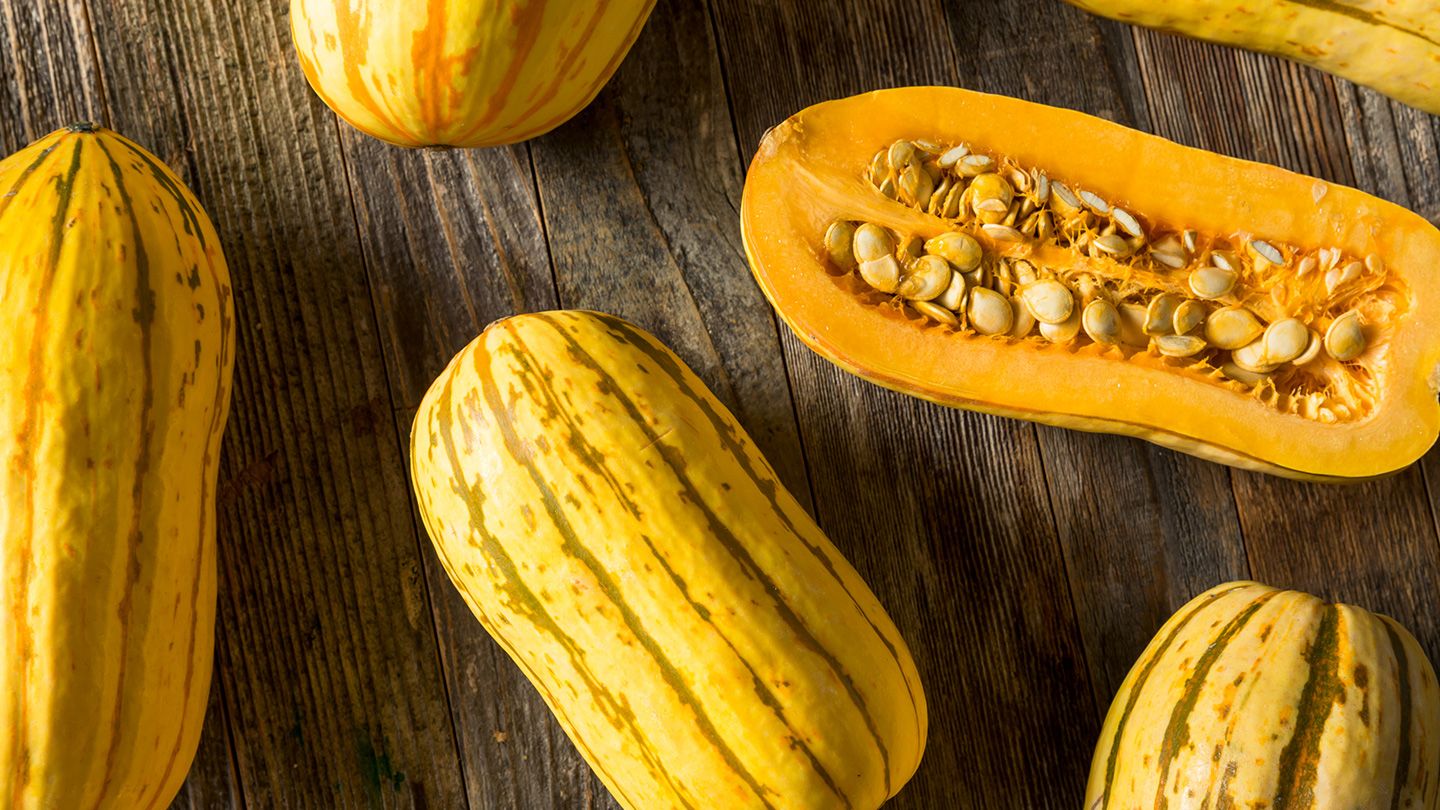

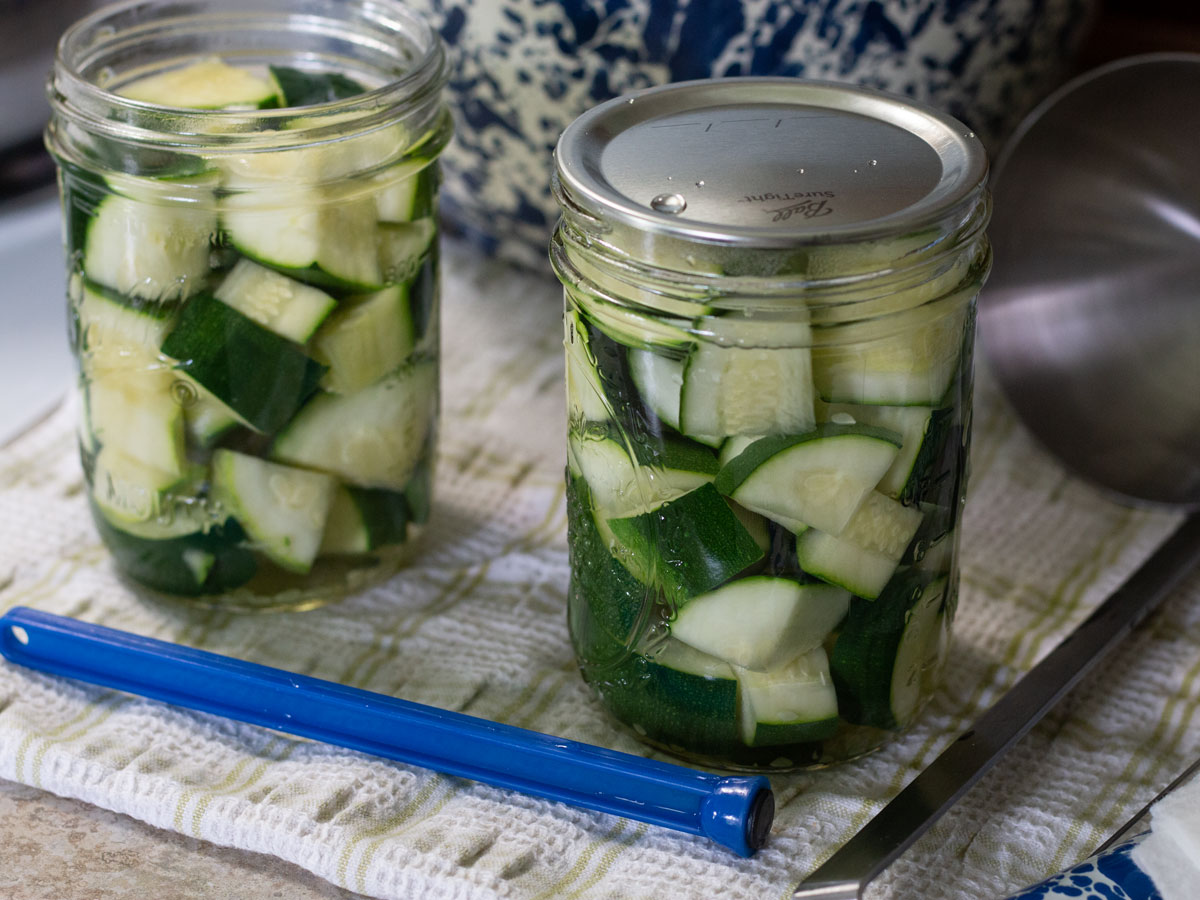
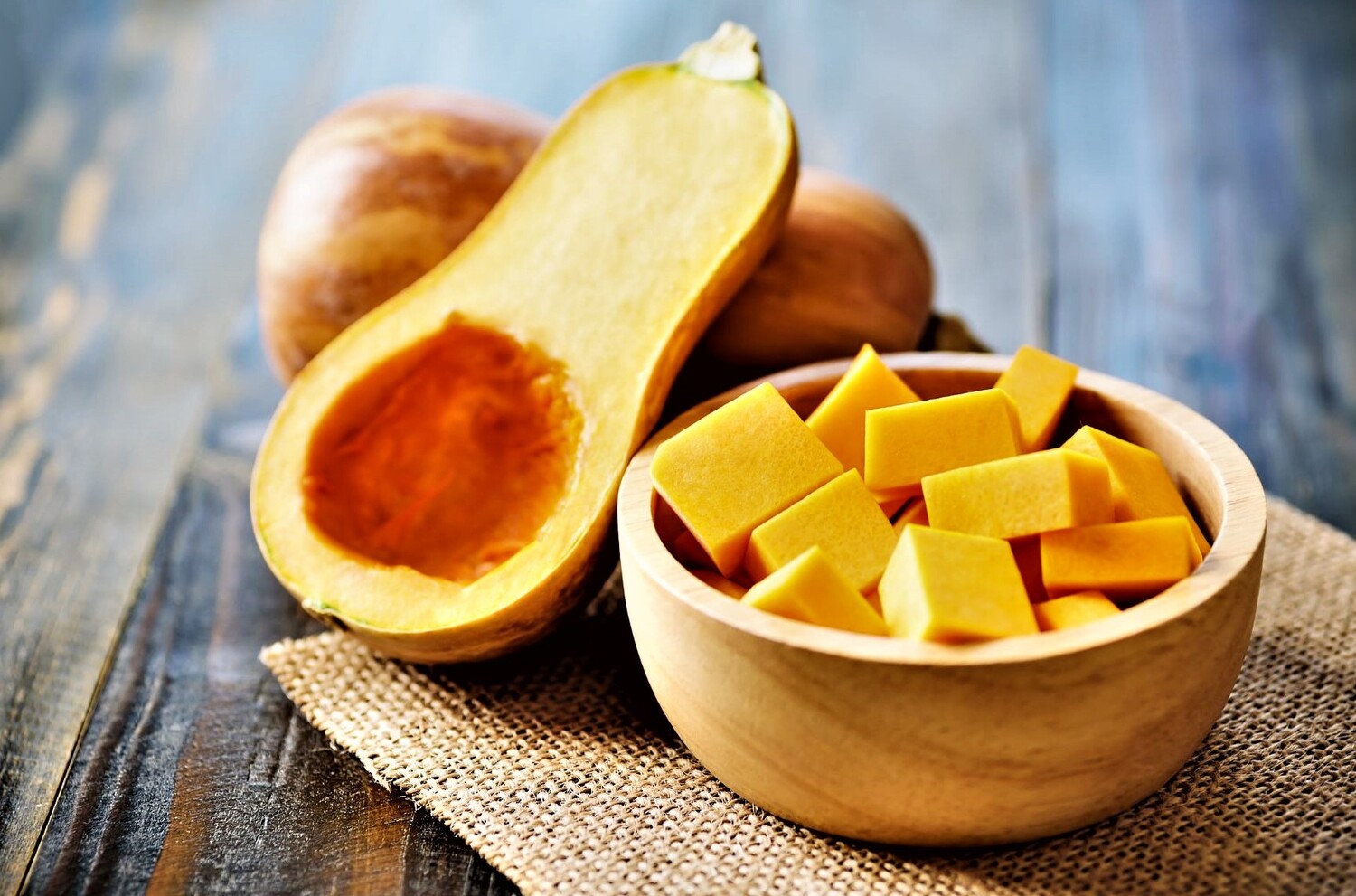
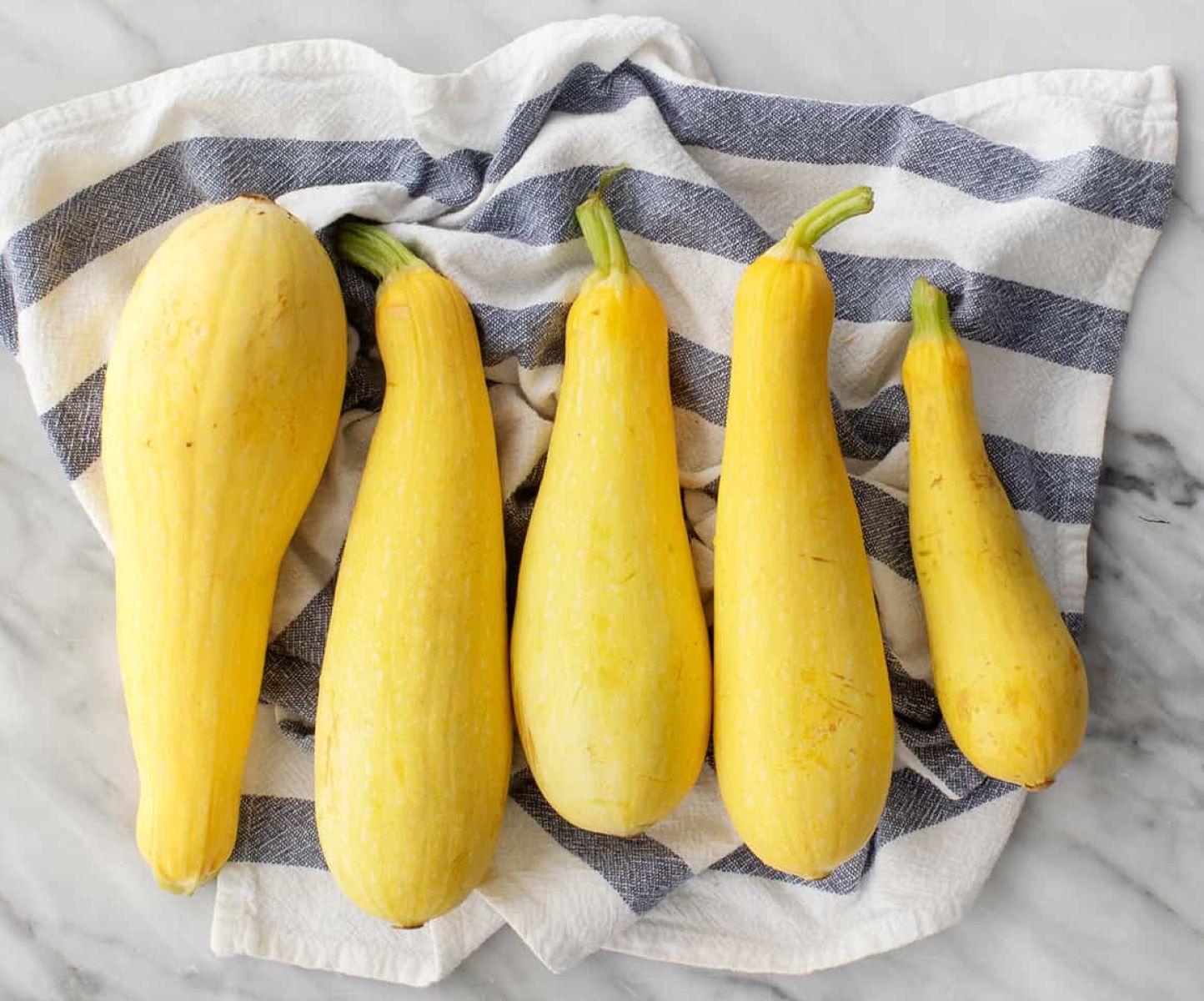
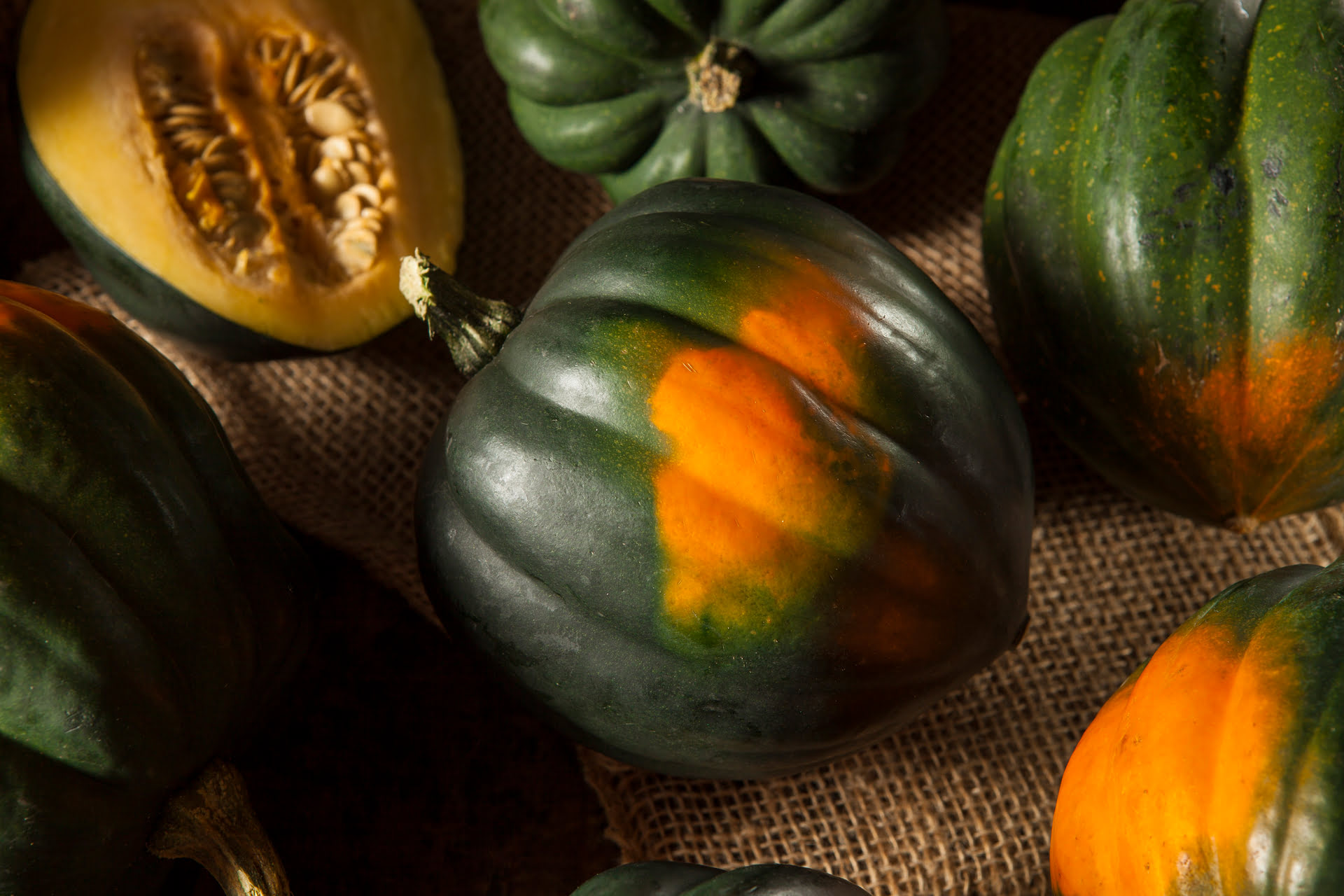
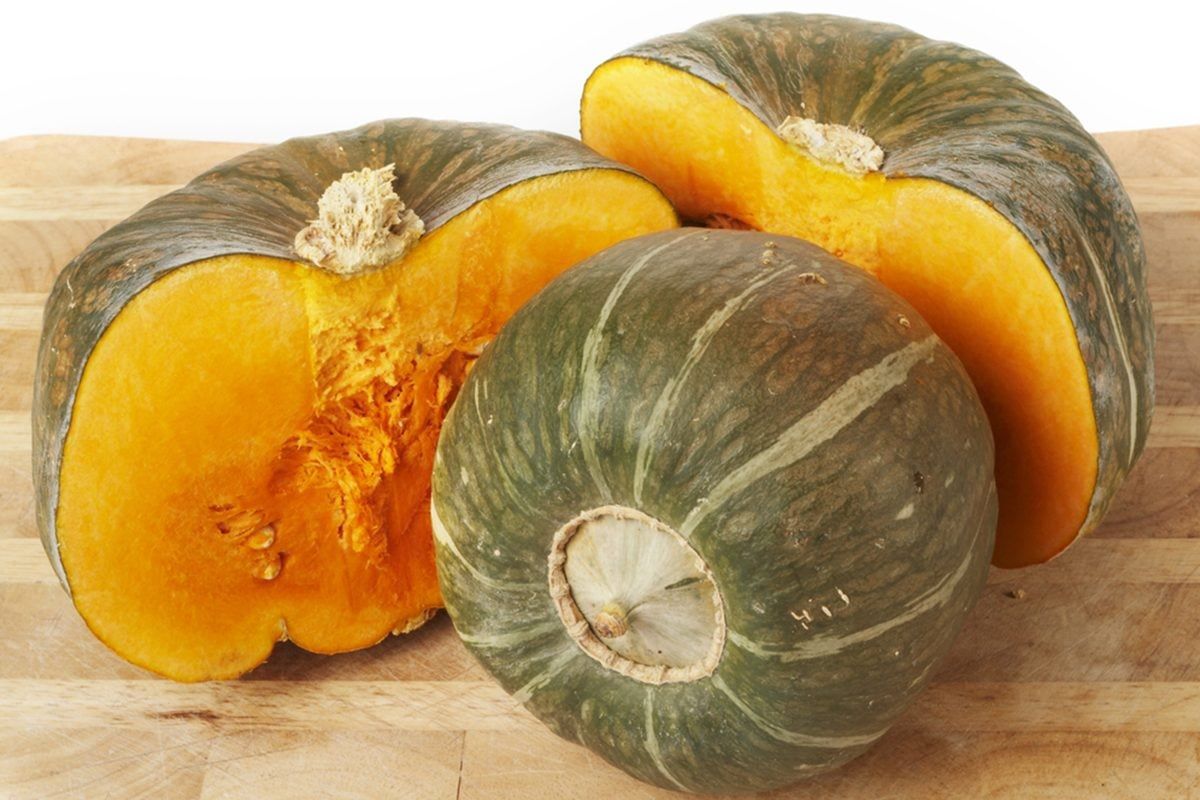
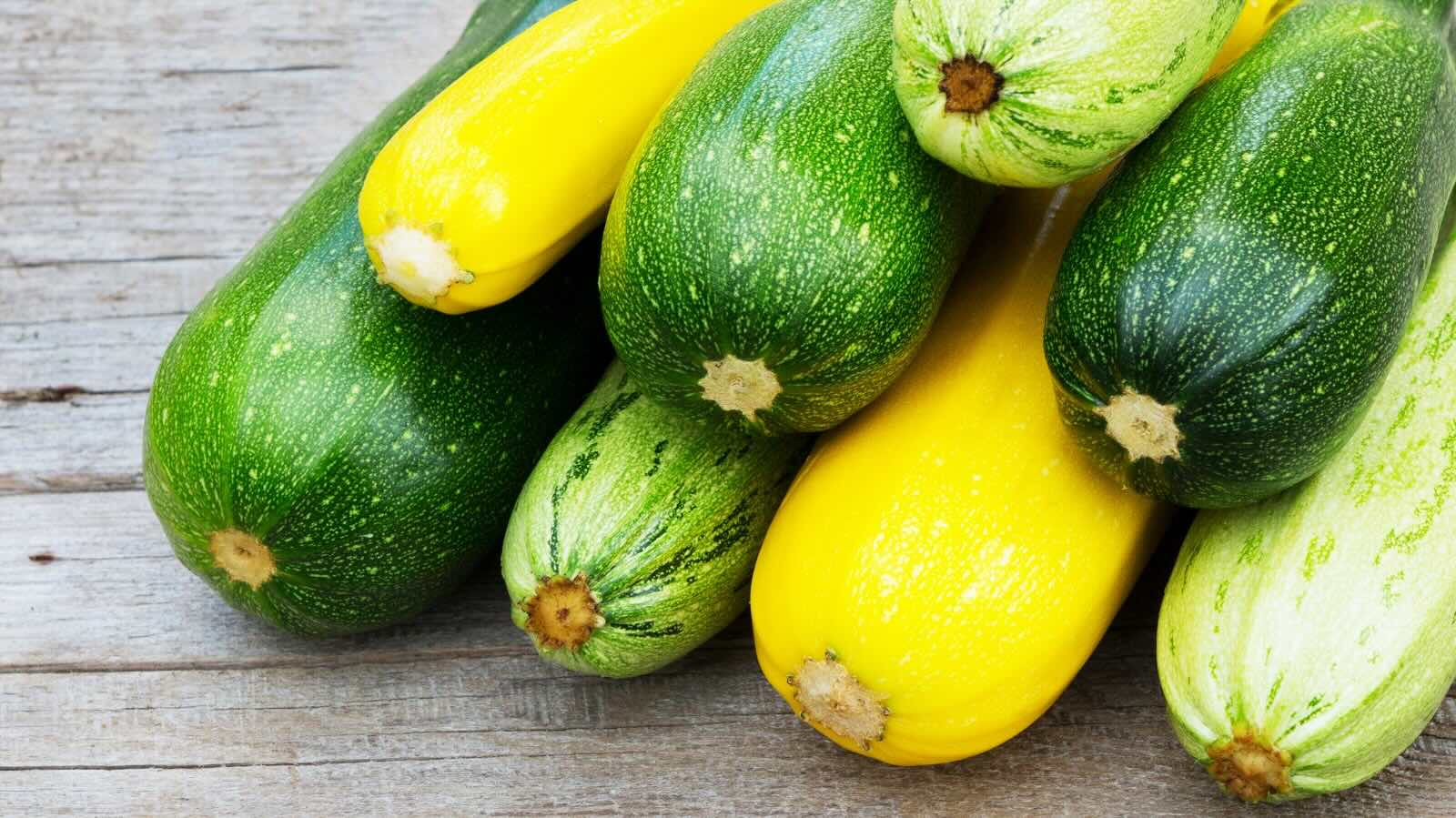
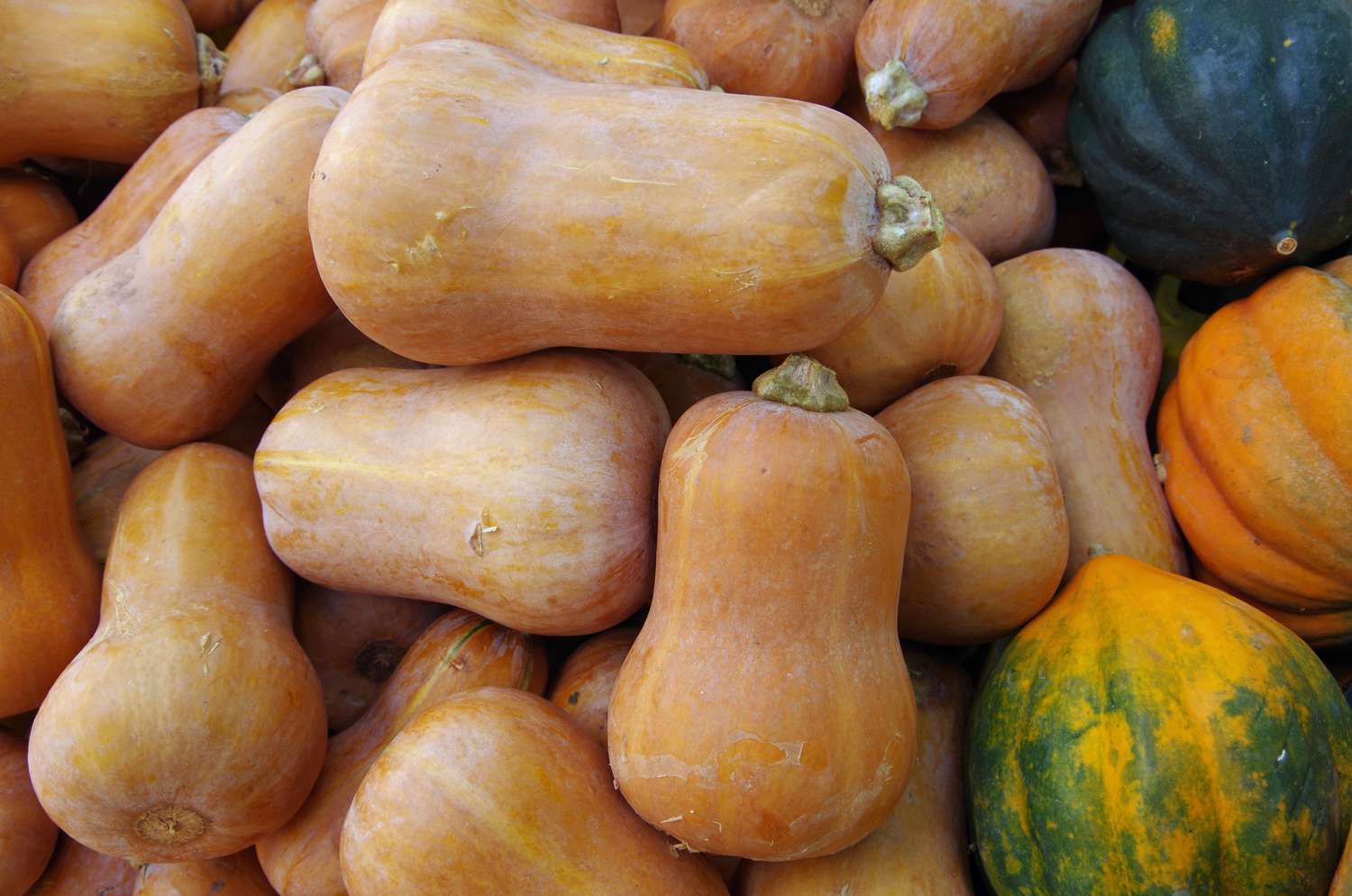
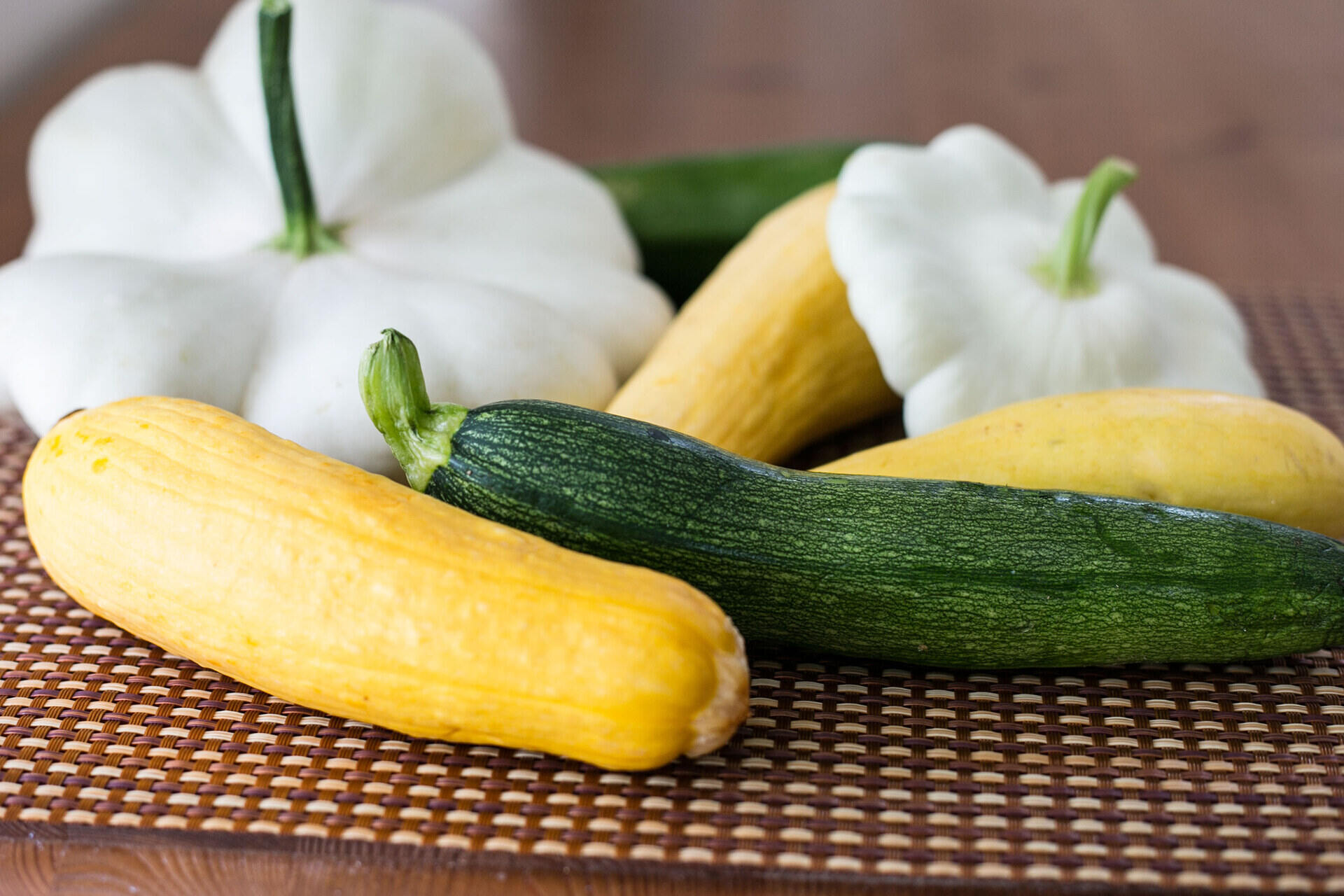
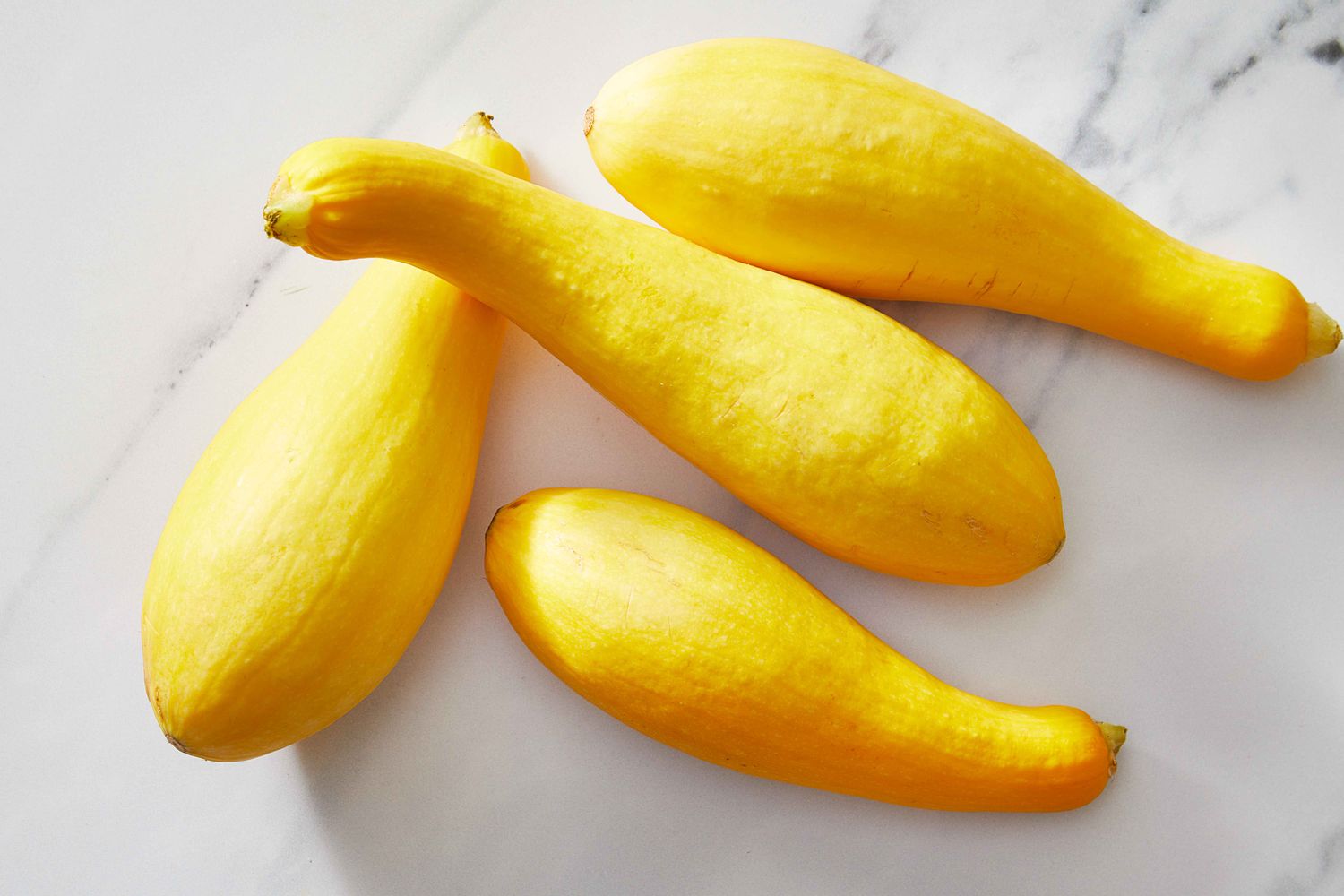
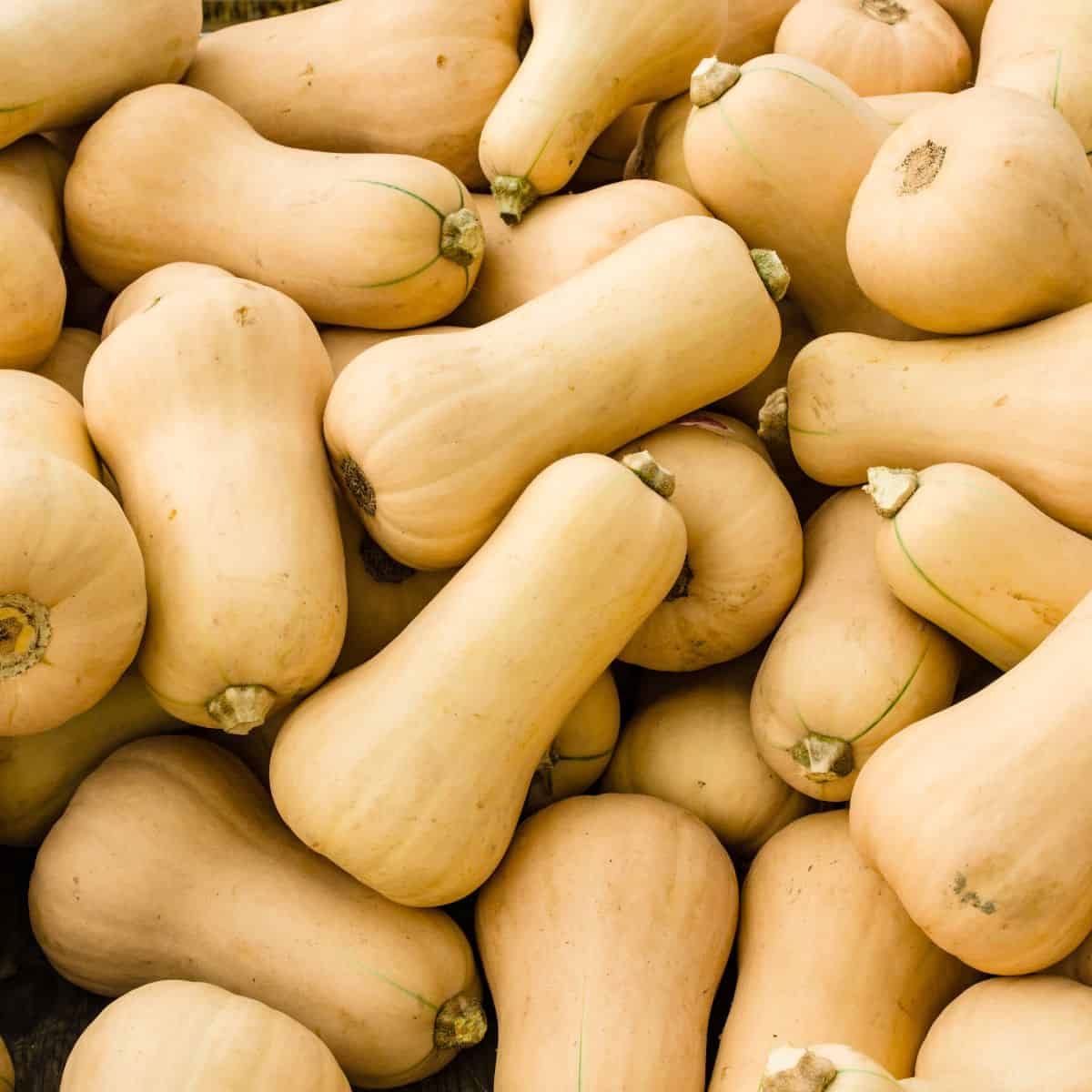

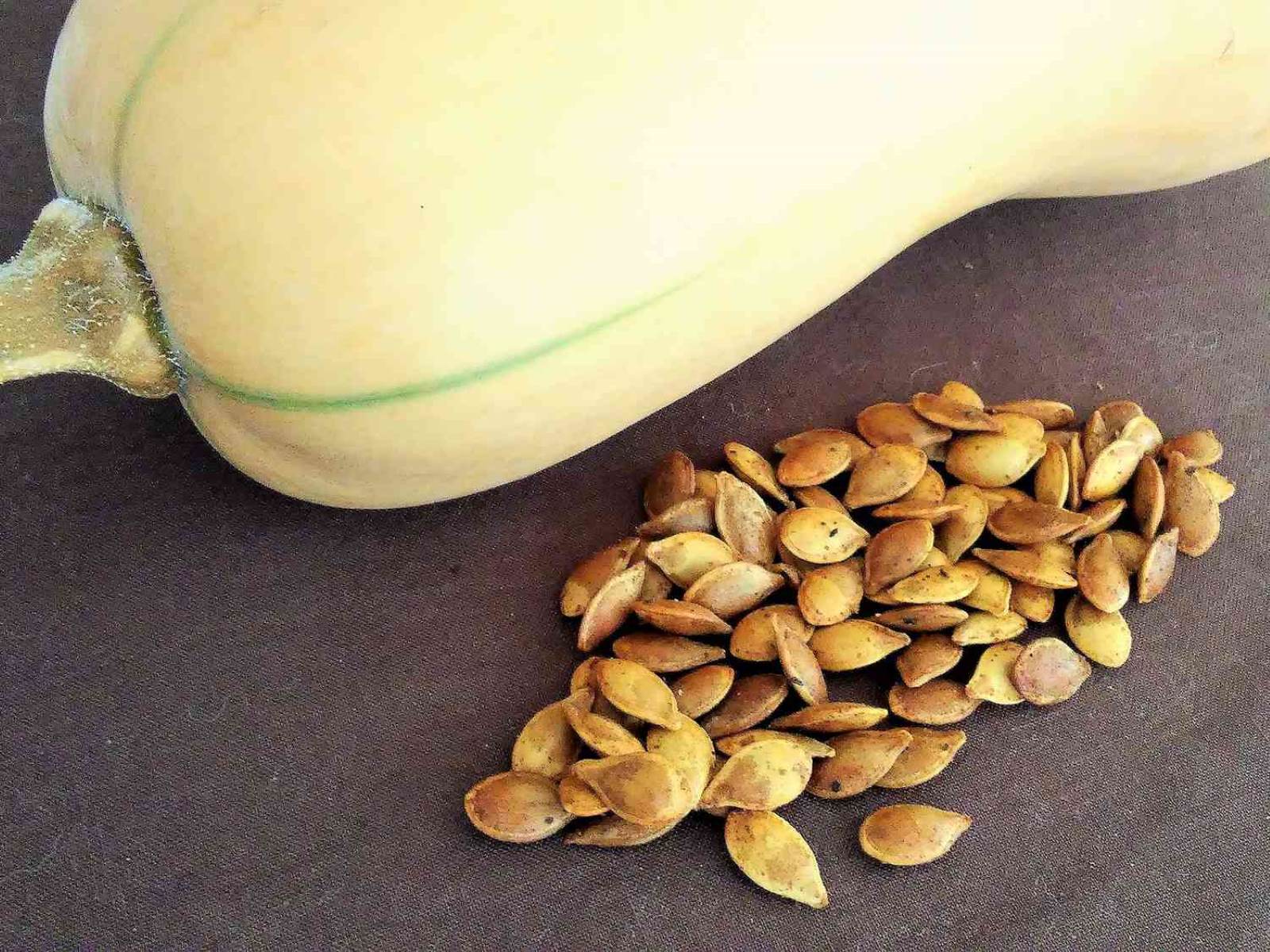

0 thoughts on “How To Store Squash”